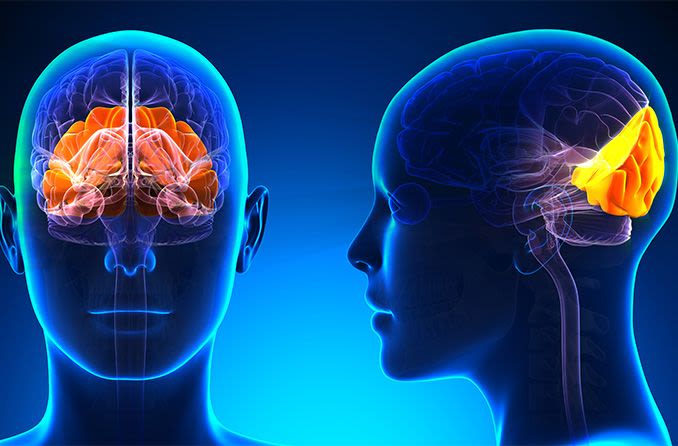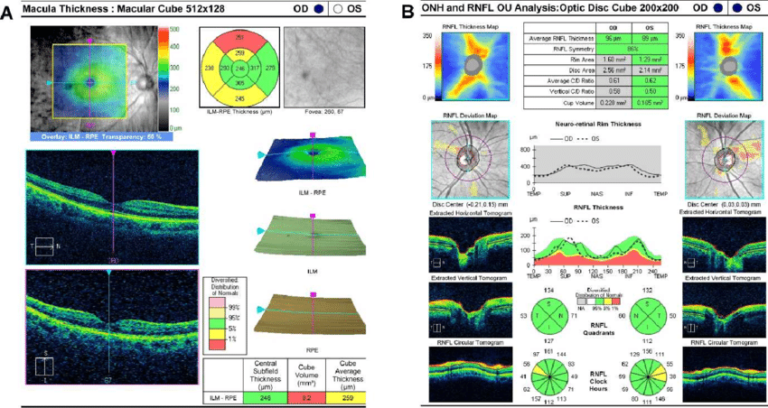What does retina do?
There is no doubt about the intellect of human beings. The remarkable revolutions in the history of technology, science and medicine speak about the wonders of human mind. The human mind can only do wonders if it SEES and notices the things around. The visual information plays pivotal role in the crucial decision making process. The eyes are our visual organs which help us see the world. There are different parts of eye that play their respective role properly and their contribution is what makes us see and observe the world. One of the most important parts of our visual system is retina of the eye. The question is what does retina do? Why is it so important?

Heart of the eye
The retina is the heart of the eye. Let’s take a deep dive into the inner workings of the retina and how it plays a pivotal role in transforming light into the vibrant tapestry of images we perceive. The retina acts as the “camera” of our eyes. It transforms light into electrical signals.
Photoreceptor cells of retina- capturing the light
The retina’s primary agents of vision are its photoreceptor cells – rods and cones. Rods are particularly sensitive to dim light, enabling us to navigate in low-light conditions, while cones are responsible for our color vision and function best in bright light. These cells contain specialized pigments that respond to light by generating electrical signals.

Photopigments
These pigments are known as photo-pigments. When a photo-pigment absorbs light, it undergoes a chemical change that generates electrical signals, which are then transmitted to the brain for processing.
Phototransduction in retina
When light enters the eye and reaches the retina, an astonishing process known as phototransduction takes place. These cells convert the incoming light into electrical signals, which then traverse through different layers of the retina for processing.
This series of biochemical reactions is the fundamental step that allows us to perceive the vibrant colors, shapes, and textures that compose our visual world. The electrical signals generated by photoreceptors embark on a journey through the layers of the retina.
Bipolar cells
They enhance the signals before passing them on to the ganglion cells.
Horizontal and Amacrine cells of retina
These cells play a crucial role in enhancing contrast, adjusting sensitivity to light, and integrating signals across the retina.
Ganglion cells of retina
The ganglion cells bundle their axons (a part of nerve cell which transfers signal away from the cell body) to form the optic nerve, which serves as a conduit for relaying visual information to the brain’s visual centers. The ganglion cell layer is the layer of retina forms axons that transfer the photoelectric signal to brain via optic nerve pathway.
From Retina to Brain:
The optic nerve carries the compiled electrical signals from the ganglion cells to the brain’s visual processing centers, such as the thalamus and the primary visual cortex. Here, the brain processes and interprets the signals to create the rich tapestry of visual experiences we perceive – from recognizing shapes and colors to understanding motion and depth.

Founder of EyesMatterMost- an optometry student who loves talking about eyes. I tend to cover topics related to optometry, ophthalmology, eye health, eyecare, eye cosmetics and everything in between. This website is a medium to educate my readers everything related to eyes.

